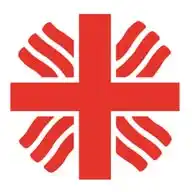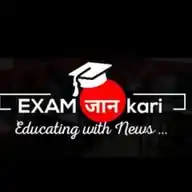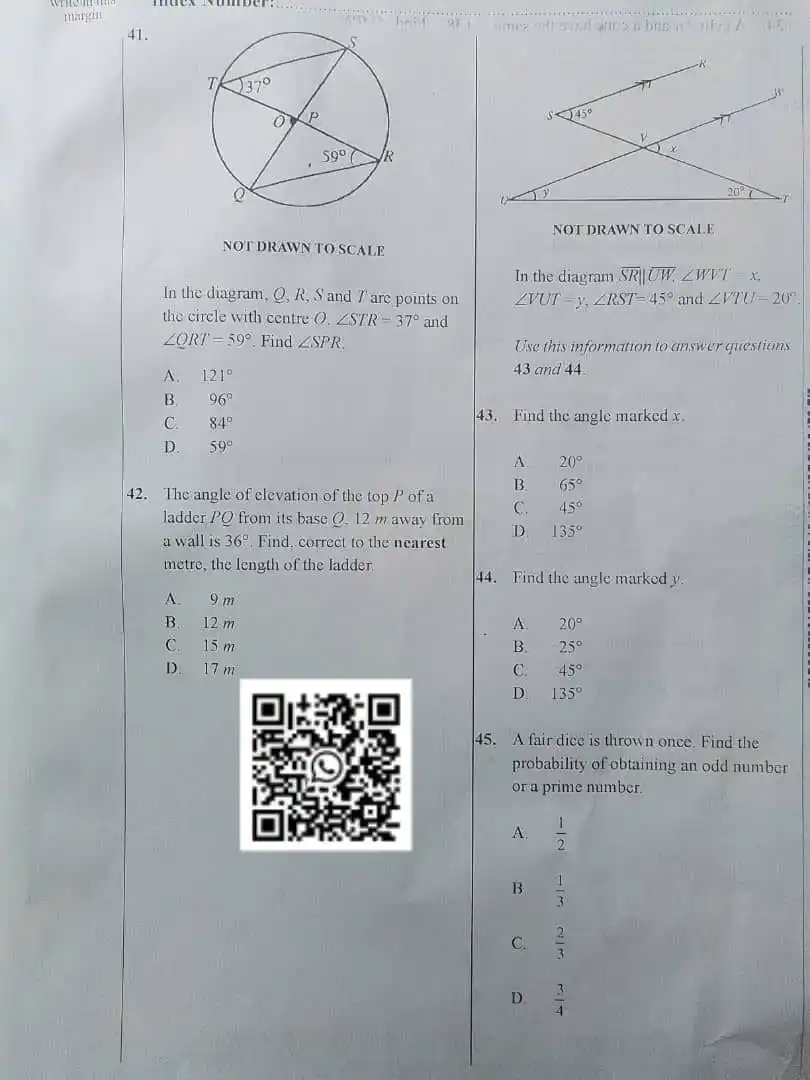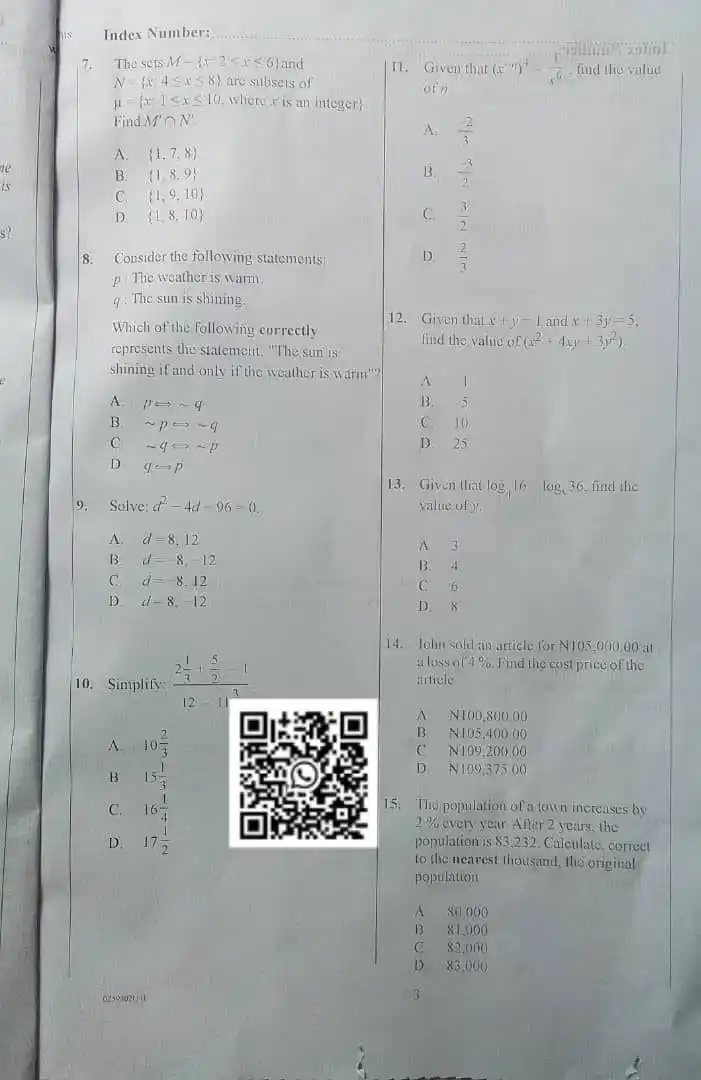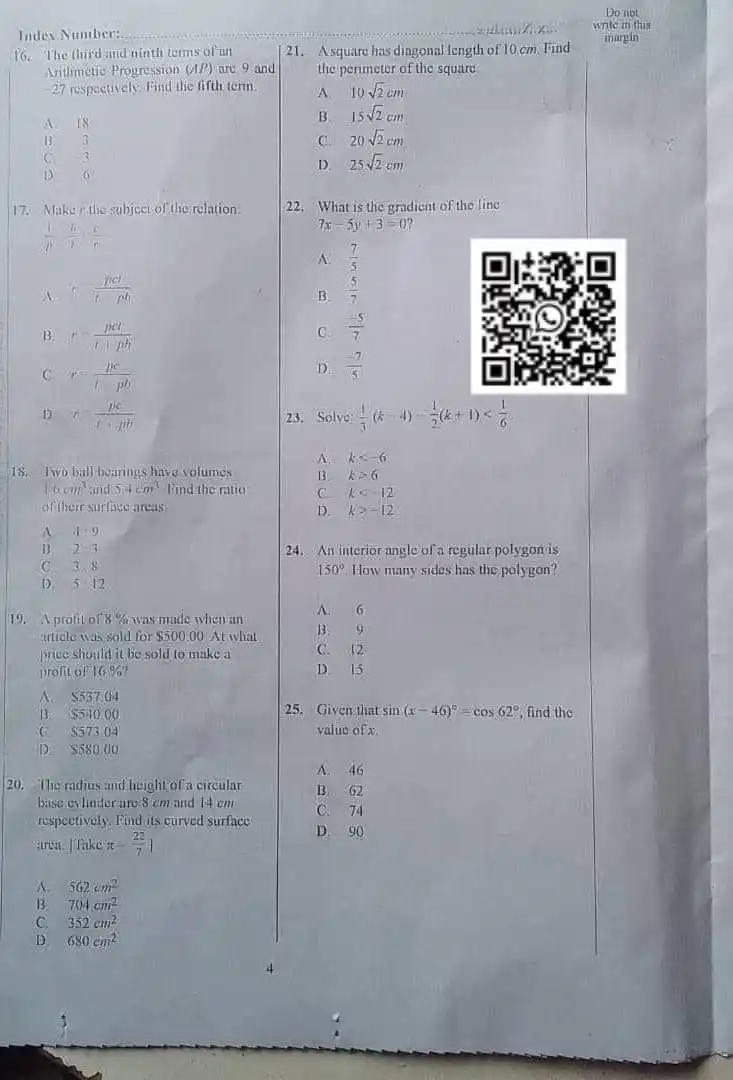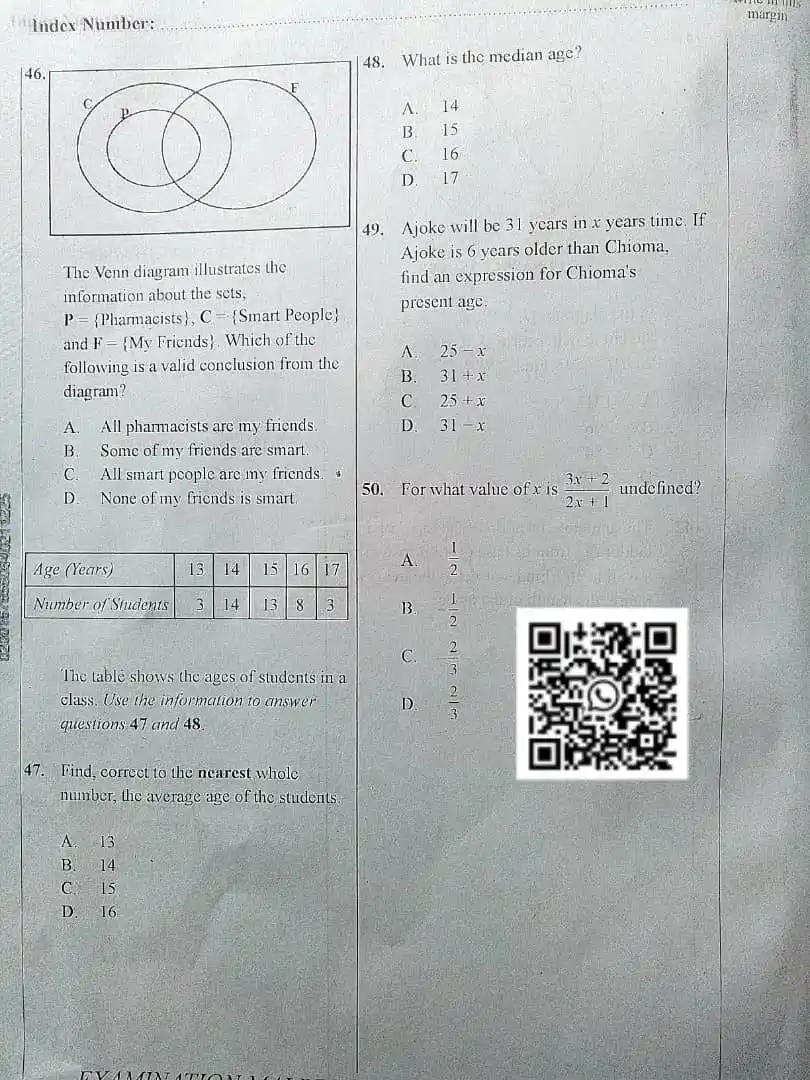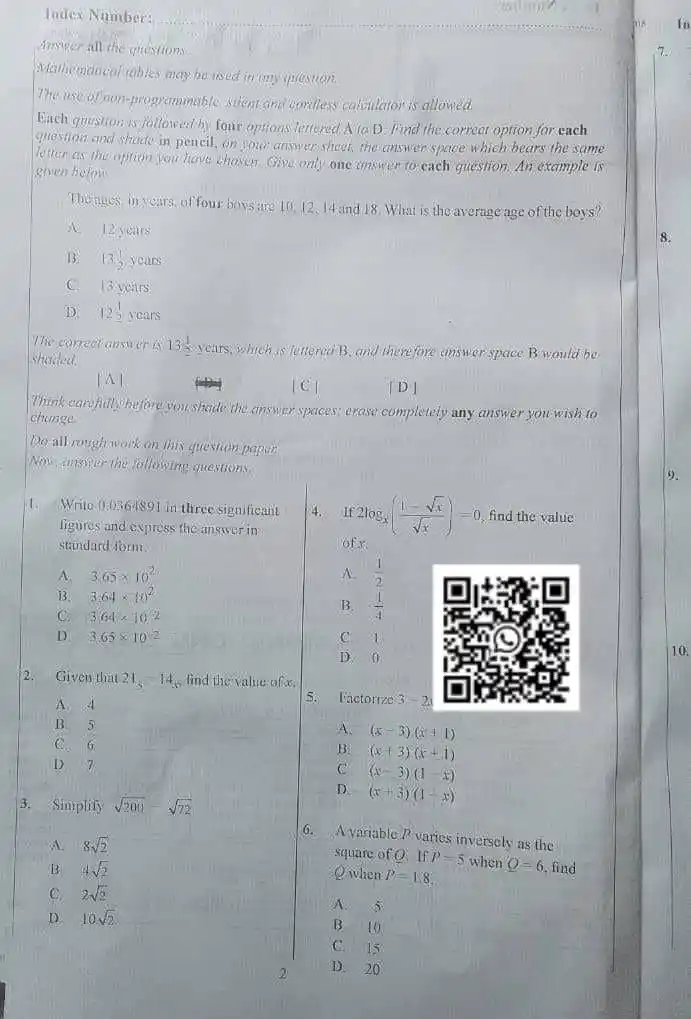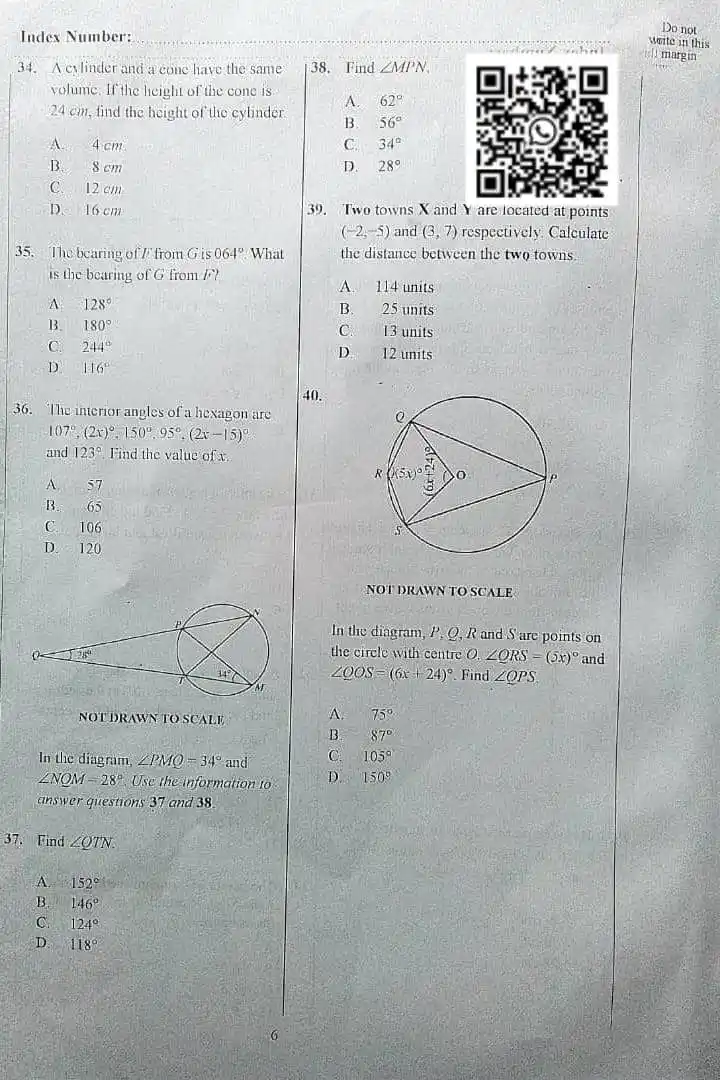
FREE EXAM RUNS
1.1K subscribers
About FREE EXAM RUNS
WAEC NECO BECE My Channel Link 👇👇 https://whatsapp.com/channel/0029Vb2VFBXLI8YXTq7iut1K
Similar Channels
Swipe to see more
Posts

FREE EXAM RUNS
6/3/2025, 8:45:17 PM
Payment ongoing for ECONOMICS AND FINANCIAL ACCT tomorrow #1000 only Message 07071570700 on WhatsApp For payment details
😂
1

FREE EXAM RUNS
6/3/2025, 6:23:53 PM
WAEC ECONOMICS #1000 WAEC FINANCIAL ACCT #1000 PAY INTO THE ACCOUNT BELOW ACCT NO: 5006660864 ACCT NAME: VINCENT OLIVER BANK: MONIEPOINT MFB Pls drop screenshot or payment proves after payment done Message wa.me/2347071570700 on WhatsApp with evidence of payment to be added to the VIP group
😂
❤️
👍
5

